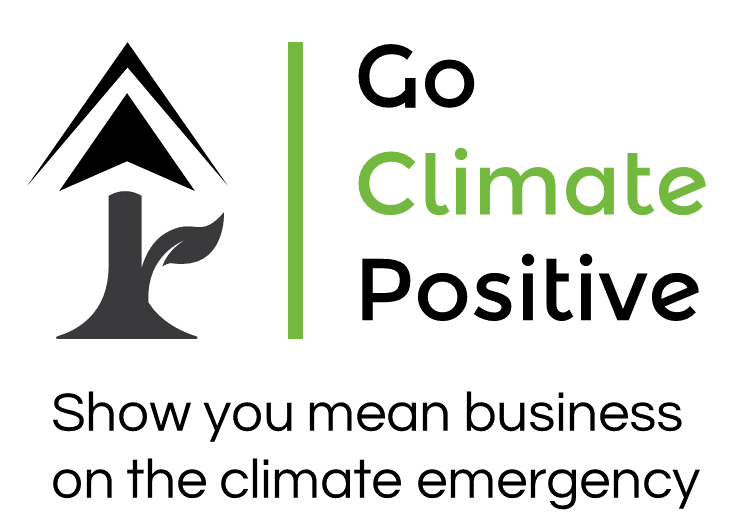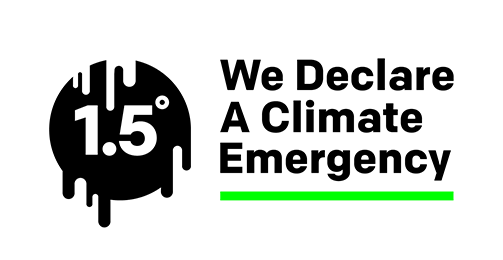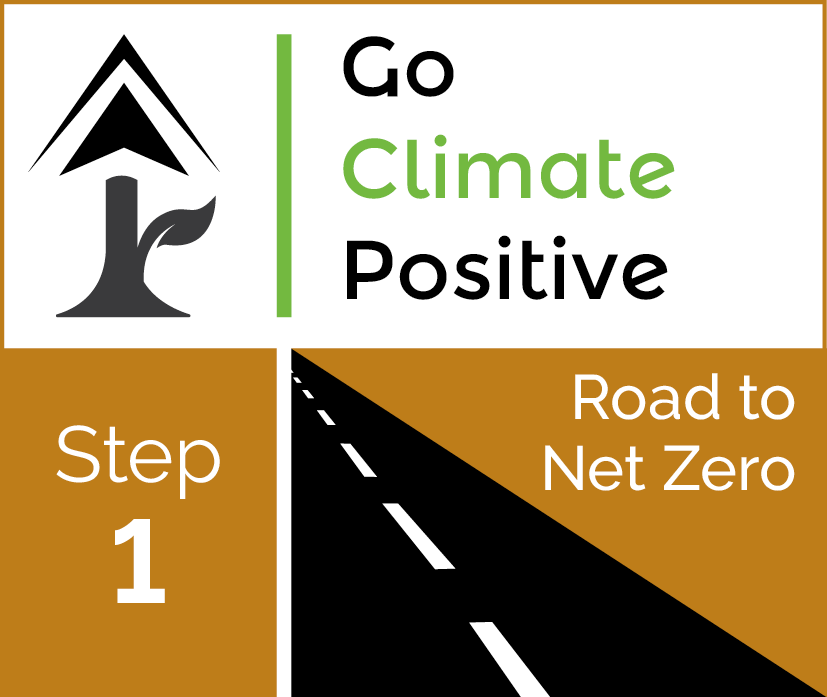Send a message 0333 344 5890 |
How can I reduce the carbon footprint of my business?What is a carbon footprint?I’m going to let you in on a secret, “Carbon Footprint”, is a bit of a misnomer. We talk about Carbon Footprint to keep it simple. Actually, we are normally talking about the footprint of all the greenhouse gases that we produce. That’s all the gases we produce that add to global warming, or at least the 7 key gases or groups of gases identified in the Kyoto protocol which are generally produced through burning fossil fuels and in various industrial and agricultural processes: |
You can calculate or measure a Carbon Footprint of:
|
In principle it’s simply about working out the total amount of all 7 greenhouse gases that the organisation, product or event produces in a given amount of time and then working out how much Carbon Dioxide would create the same warming effect. Then by adding all these up we come up with a single number -called the Carbon Footprint – measured in Carbon Dioxide Equivalents (or CO2e). That allows us to understand the total effect that organisation, product or event has on global warming.
What makes up my carbon footprint?
How do we recognise all of the things we do that release greenhouse gases, and that contribute towards it? The most widely used method for calculating the footprint of an organisation goes by the snappy name of the Greenhouse Gas Protocol Corporate Standard. This classifies activities that release greenhouse gases into 3 categories called “scopes”. The first of these is all the activities that directly release gases in the facilities and vehicles owned by you, such as:
These are called Scope 1 activities. |
The second category is the activities that cause greenhouse gases to be released somewhere else but that are directly attributable to your actions, such as:
- The electricity you buy that is generate using fossil fuels
- Or heat or steam that you may buy in
These are called Scope 2 activities.
The third category is all the activities in your supply chain and the things you do to deliver value to your customers, things like:
- The goods and services that you buy or lease
- The transportation of those goods to and from your premises
- Business travel and hotel stays
- The waste generated in your processes and at the end of life of the products you sell
- The energy used by the products that you sell or lease to others
- The franchises and investments that you control
- Maybe even the journeys that your employees and customers make to go to and from your premises
These are called Scope 3 activities. You don’t have direct control over the emission created by these, because their created by facilities and vehicles that are not owned by you, but they are your responsibility because those emissions are created by the activities you do and the choice of materials and suppliers that you make.
So, they are part of your footprint too. It’s easy to brush off and ignore these so called scope 3 activities, because they can be difficult to measure precisely, you may have to estimate them, and you can convince yourself that they are some else’s responsibility. But, as a responsible business citizens we would encourage you to include all of these things in the calculation of your carbon footprint, to do the best you can to understand the total impact of your business on the climate.
How do I calculate my carbon footprint?
The process goes like this:
|
That’s a straight-forward process, the question is “How can you find out how much of each type of greenhouse gas is released by each activity?”
The good news is that there are many organisations that publish standard numbers for these called “emissions factors” or sometimes “conversion factors”. In the UK, DEFRA produce them annually as do the EPA in the United States, as do many other governments around the world. There are also many Universities and research groups calculating and publishing emissions factors for you to use.
If you are still unsure, we can help calculate your carbon footprint.
"Carbon is just like money, in that you can't manage it unless you understand it" - Mike Berners-Lee
How do I set the right targets for reducing my emissions?
Once you know what your carbon footprint is, the next step is to set meaningful targets to reduce it. How do we know what a meaningful target is? How do we strike a balance between moving swiftly enough to reduce the worst effects of climate change and what we can practically do, whilst keeping our business moving forwards? The answer is to set “science-based targets”. A science-based target is one that sets out to reduce our emissions in line with the best scientific evidence. |
The Intergovernmental Panel on Climate Change has set the world a science-based target to reduce carbon emissions by 50% by 2030 and to zero by 2050 to limit global warming to 1.5°C. Some business and countries are using a 2°C target in line with the Paris Agreement, but the general consensus now is that we ought to be aiming for 1.5°C.
So, to set meaningful targets for a business we can use this as a guideline. There are different methods of doing this which I’m not going to go into the detail of here, but the important thing is that we set both long term and short term targets to reduce our emissions and that we review our progress towards them regularly. The best way to do this is to recalculate our carbon footprint every year.
Find out how we can help you set science-based reduction targets.Next, find out about Carbon Neutral




